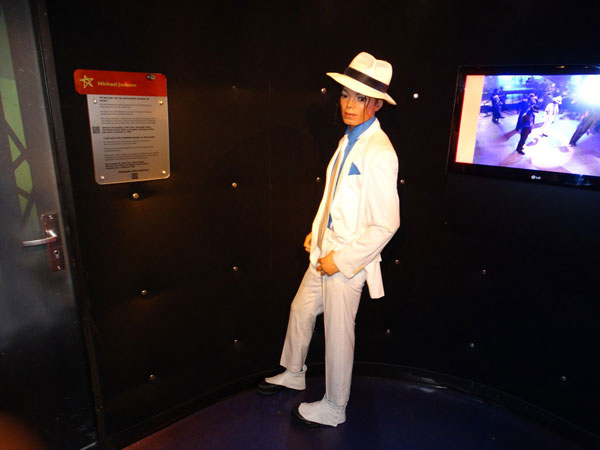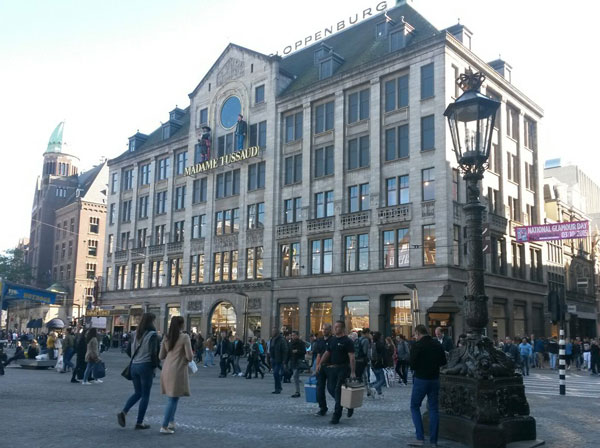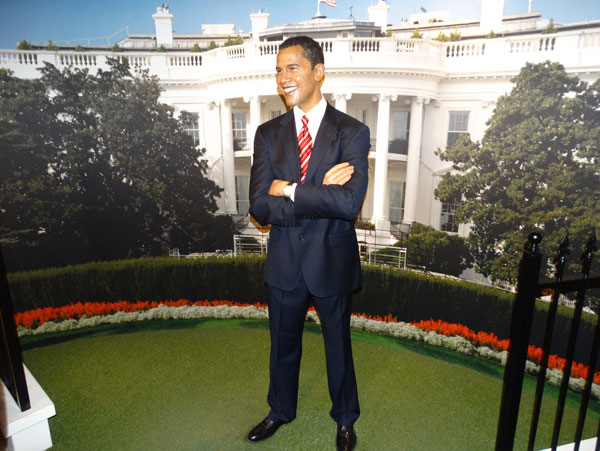Madame Tussauds (UK /tuˈsɔːdz/, US /tuːˈsoʊz/; the family themselves pronounce it /ˈtuːsoʊ/[1]) is a wax museum in London with smaller museums in a number of other major cities. It was founded by wax sculptor Marie Tussaud. It used to be known as "Madame Tussaud's"; the apostrophe is no longer used.[2][3] Madame Tussauds is a major tourist attraction in London, displaying the waxworks of famous and historic people and also the film characters.
Marie Tussaud was born as Marie Grosholtz in 1761 in Strasbourg, France. Her mother worked as a housekeeper for Dr. Philippe Curtius in Bern, Switzerland, who was a physician skilled in wax modeling. Curtius taught Tussaud the art of wax modelling. He moved to Paris and took his young apprentice, only 6 years old, with him.[
Tussaud created her first wax sculpture in 1777 of Voltaire.[5] At the age of 17 she became the art tutor to King Louis XVI of France’s sister, Madame Elizabeth, at the Palace of Versailles. During the French Revolution she was imprisoned for three months awaiting execution, but was released after the intervention of an influential friend.[4] Other famous people whom she modelled included Jean-Jacques Rousseau and Benjamin Franklin. During the Revolution, she modelled many prominent victims. She claims that she would search through corpses to find the severed heads of executed citizens, from which she would make death masks. Her death masks were held up as revolutionary flags and paraded through the streets of Paris.
She inherited the doctor's vast collection of wax models following his death in 1794, and spent the next 33 years travelling around Europe. She married Francois Tussaud in 1795, and the show acquired a new name: Madame Tussaud's. In 1802, she accepted an invitation from Paul Philidor, a magic lantern and phantasmagoria pioneer, to exhibit her work alongside his show at the Lyceum Theatre, London. She did not fare particularly well financially, with Philidor taking half of her profits.
She was unable to return to France because of the Napoleonic Wars, so she traveled throughout Great Britain and Ireland exhibiting her collection. From 1831, she took a series of short leases on the upper floor of "Baker Street Bazaar" (on the west side of Baker Street, Dorset Street, and King Street),[6] which later featured in the Druce-Portland case sequence of trials of 1898–1907. This became Tussaud's first permanent home in 1836












